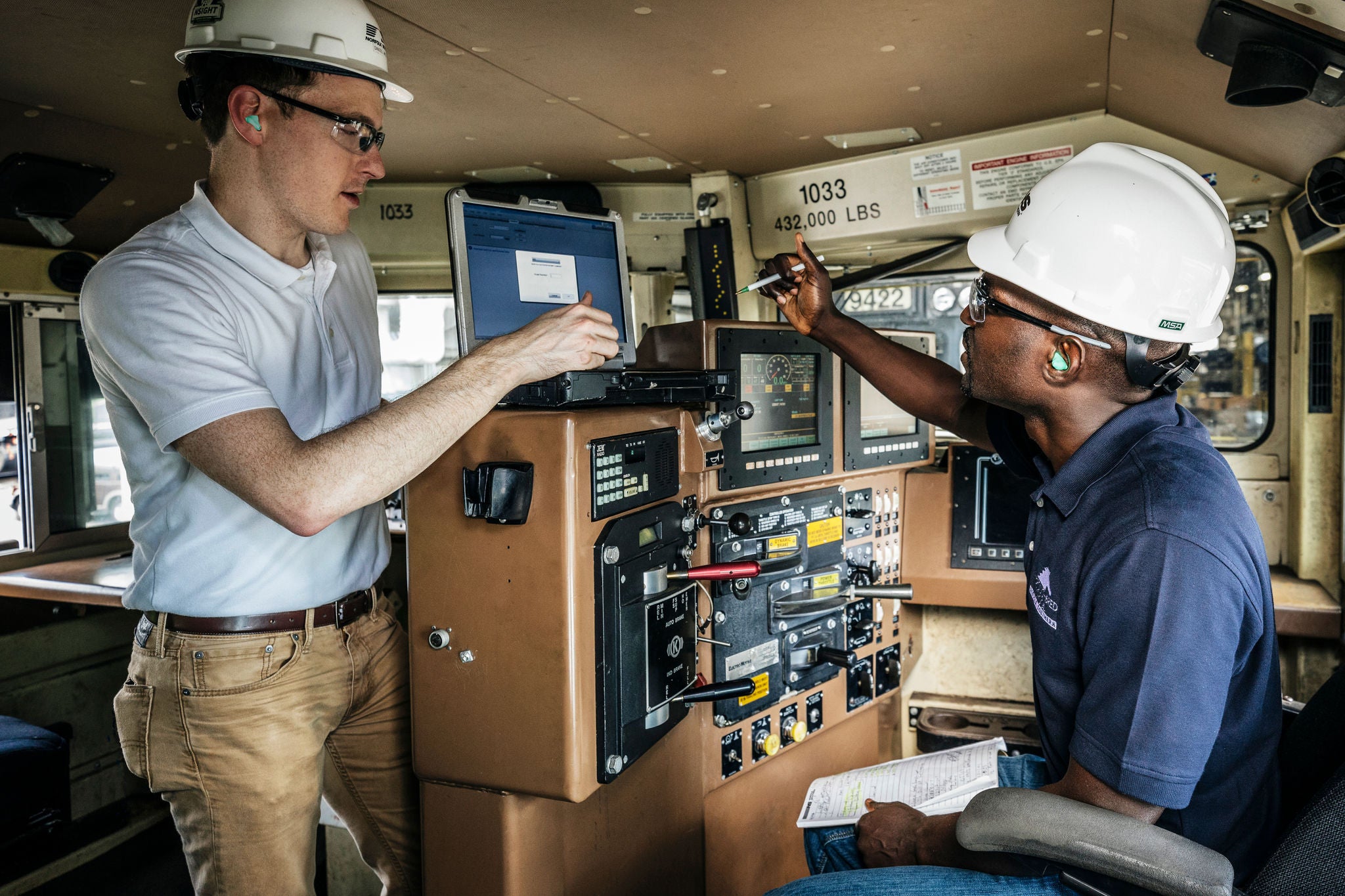- Main Number
(855) 667-3655 - Emergencies
(800) 453-2530 - Crossing gates, signals & rough crossings
(800) 453-2530 - Environmental Spills
(800) 453-2530

POLICY PRIORITIES TO KEEP FREIGHT RAIL MOVING AMERICA
As the safest way to move freight over land, Norfolk Southern and other freight railroads help America prosper, investing billions of dollars each year to provide a safe, cost-effective, and sustainable transportation solution
WHERE WE STAND
OPERATING SAFELY IN YOUR COMMUNITY
SAFE TRACKS, SAFE TOWNS
At Norfolk Southern, everything starts with safety. Our employees live, work, and play in the communities we serve, and we care deeply about keeping our hometowns safe and thriving. We put our money where our mouth is – in 2022, we invested $1.9 billion to promote safe and efficient operations, modernize technology, and support economic growth across our network. That included installing over 540 track miles of new rail, surfacing 4,155 miles of track, and replacing 2.2 million crossties. Our industry-leading Engineering team takes pride in what they do to ensure we safely serve our customers and communities.


